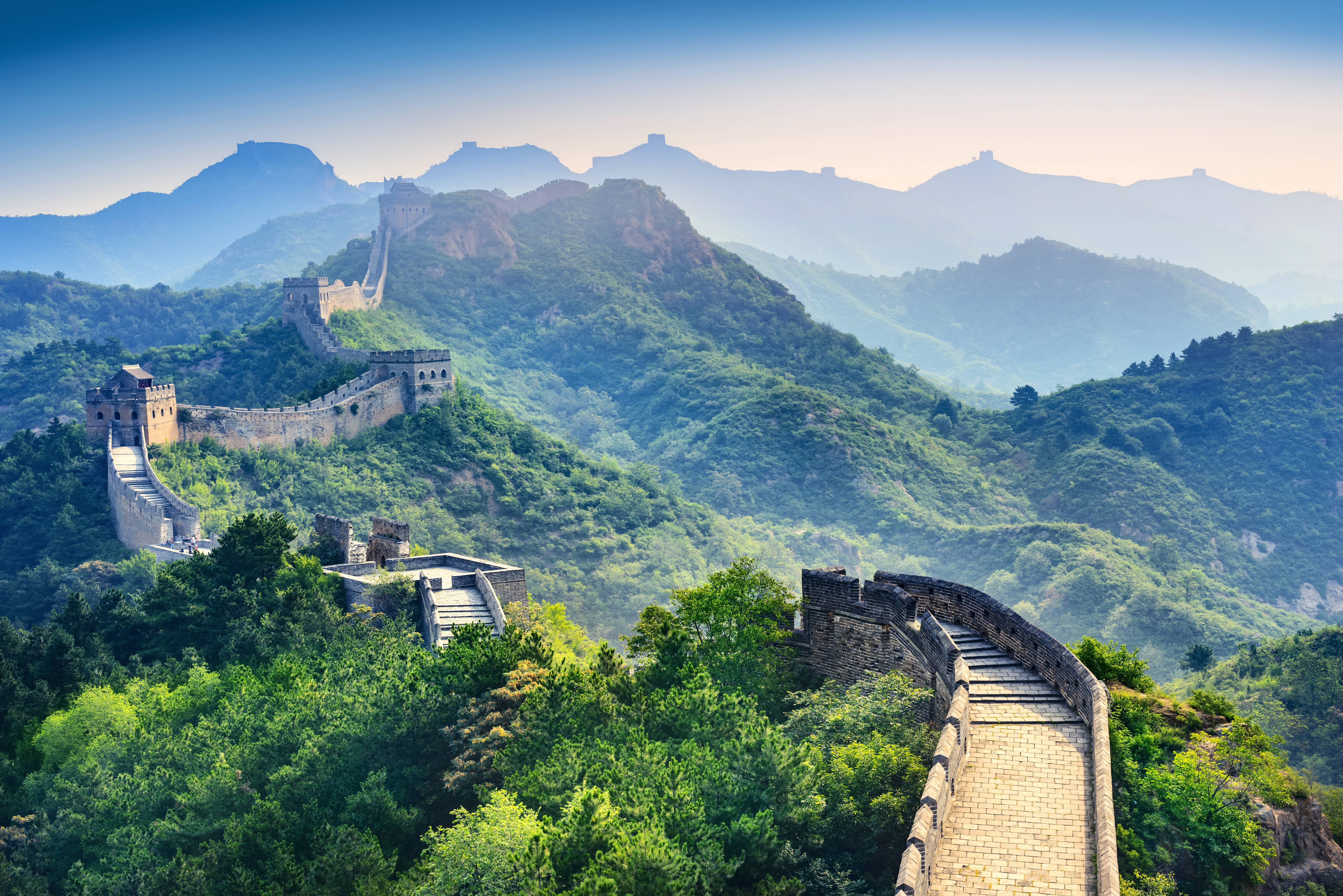China is led by “one political party that is used to delivering on ambitious goals” and this is how the country will meet its decarbonisation targets, according to Dr. Xiaolin Chen, head of international at KraneShares.
After spending 60 years exploding from an agrarian society to the world’s top manufacturing and exporting country, China faces a difficult road from emitting more than the entire western world each year to carbon neutrality within 40 years.
Data from the Rhodium Group in 2019 – the last year of pre-COVID-19 economics – showed 27% of the world’s greenhouse gas emissions were produced in China at a time when the country was home to more than half of all coal plants.
With a population of 1.4 billion, 18% of the global total at the time, it might seem like China is punching above its weight in pollution terms, however, data from Statista shows it was also responsible for 29% of all manufactured goods. The question it must now ask is how to reconcile its status as an industrial powerhouse with its decarbonisation ambitions.
In 2020, President Xi Jinping announced targets for the country’s emissions to peak by 2030 and then to go carbon neutral by 2060.
In the build-up to ETF Stream’sESG ETFs Investor Workshop, Chen said on peak emissions: “The goal of delivering this by 2030, from a management perspective and the new electricity-generating capacity, will be equivalent to the entire US electricity capacity. That is how ambitious this is.”
Carbon neutrality will also cost an estimated $14.7trn over the next 30 years and $490bn per year, according to international policy think-tank OBI.
Chen added while the challenge is considerable, the Chinese Communist Party (CCP) is not averse to green engineering on a vast scale, such as the $32bn Three Gorges Dam, the 5,000km green wall made up of 88bn planted trees or plans to cover at least 50% of all rooftop space on new-build properties and factories with solar panels by 2025.
After three new rounds of policy on environmental protections and pollution from 2018 to 2020, China launched its emissions trading scheme (ETS) last year.
“They have to learn from a lot from other systems, such as from Europe’s ETS which is the most mature and allows the market to set the price of carbon,” Chen said.
“China launched its own ETS last July and it is not freely accessed by many participants but it is a good start – there is a national ETS, eight regional schemes and one other region in trial phase.”
Non-state drivers
While the state will drive the transition initially, Chen argued it is key the right framework is created for private entities to contribute.
Part of this will be tax incentives for international corporations enabling decarbonisation, such as the freeport that attracted Tesla to build a 'gigafactory' in Shanghai.
Another element will be continued accessibility of Chinese debt, so international investors can buy the green bond issuance used to finance new, renewable energy infrastructure.
Third, it requires rules that clearly define the scope of green enterprise. Whereas its tech regulation came too late and sparked market unrest, climate regulation should occur while the industry is nascent in the country.
It is worth noting, however, Chinese corporates have already made significant progress in recent years.
The share of Chinese large-cap companies filing ESG reports jumped from 49% to 86% between 2010 and 2020, according to data from JP Morgan.
Similarly, the weighted average carbon intensity of the MSCI China A index stood at 261.5 tonnes per million dollars of investment in 2021, notably below the 328.8 tonnes for the MSCI Emerging Markets index.
Chen concluded: “Over the last 30 years, the government has focused on growing the economy and they succeeded in that. Recently they spent 18 months setting up a framework for tech sector regulation. Over the next 30-40 years they will need to become greener, led by SOEs and then policy to attract private enterprise.”
Targeting this structural shift, Chen’s firm launched the KraneShares MSCI China ESG Leaders UCITS ETF (KESG), which is categorised under EU Sustainable Finance Disclosure Regulation (SFDR) Article 8 and offers exposure to Chinese equities scoring highly in MSCI ESG ratings.



